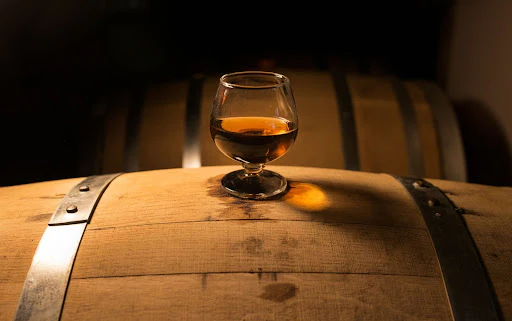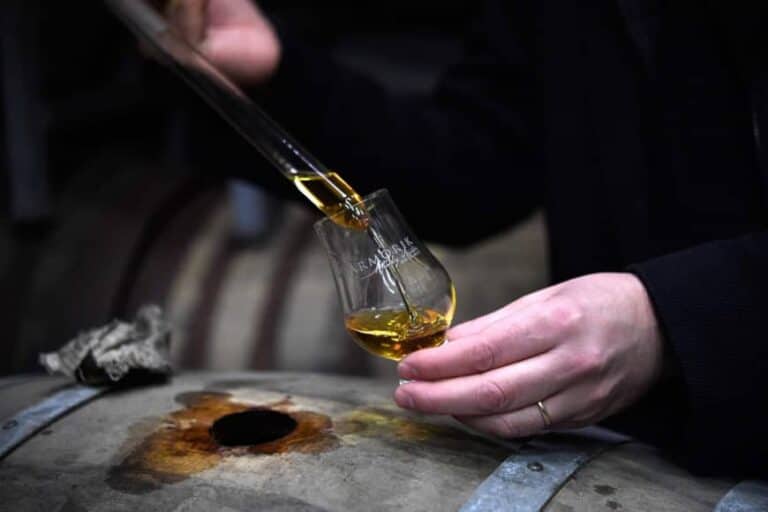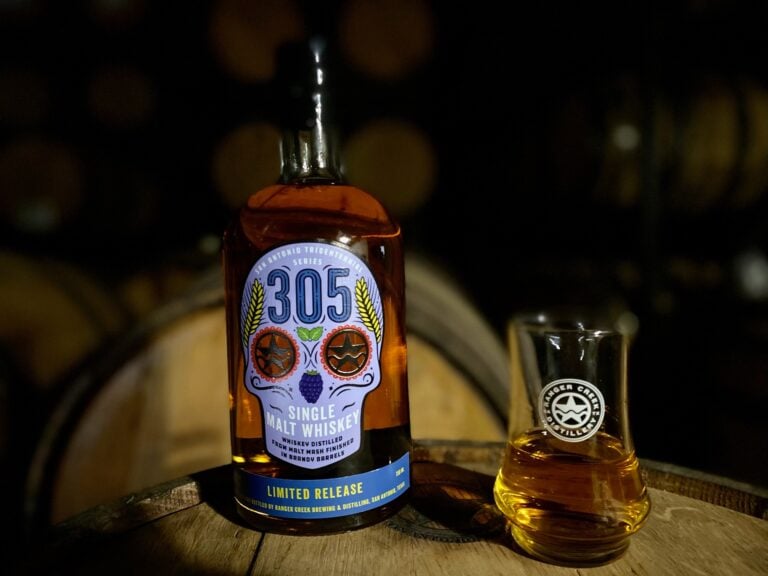Comparing Texas Whiskey with Other Whiskeys
Whiskey enthusiasts, gather ’round! Today, we’re diving deep into the world of Texas whiskey and how it stacks up against other renowned whiskeys like Kentucky bourbon and Scotch. If you’ve ever wondered what makes that Lone Star State spirit unique, you’re in for a treat. From taste comparisons to production techniques, we’ll explore the bold flavors and distinctive characteristics that set Texas whiskey apart.
Whether you’re a seasoned connoisseur or a curious newbie, this guide about Comparing Texas Whiskey with Other Whiskeys will quench your thirst for knowledge about these beloved spirits. So, grab a glass, sit back, and let’s embark on this flavorful journey through the world of whiskey. Cheers!

Texas Whiskey vs. Kentucky Bourbon
Taste Comparison
When comparing the taste of Texas whiskey to Kentucky bourbon, several distinctive characteristics emerge. Texas whiskey, influenced by the state’s unique climate, often exhibits bold, robust flavors with a touch of sweetness. The intense heat of Texas accelerates the aging process, resulting in a rich, deep flavor profile within a shorter period.
Texas whiskey typically features strong notes of caramel, vanilla, and oak, often accompanied by hints of dark fruit, spice, and sometimes even chocolate or tobacco. The influence of the wood is pronounced, giving the whiskey a bold character that can stand up to the intense Texas heat.

In contrast, Kentucky bourbon is known for its smoother, sweeter taste, which comes from the use of corn as the primary grain. The cooler, more temperate climate in Kentucky allows for a slower aging process, leading to a more refined and balanced flavor. Kentucky bourbon often has a mellow sweetness with notes of toffee, honey, and sometimes a touch of citrus or floral undertones. The extended aging process in new, charred oak barrels gives it a rich, warm flavor with a smooth finish.

Production Differences
The production processes of Texas whiskey and Kentucky bourbon also differ significantly. Texas whiskey is aged in smaller barrels to maximize the interaction between the whiskey and the wood, which intensifies the flavor. The hot Texas climate causes the liquid to expand and contract more rapidly, accelerating the maturation process. This rapid aging process results in a whiskey that reaches maturity much faster than its counterparts aged in cooler climates.
Additionally, Texas distilleries often use a variety of grains, including corn, wheat, rye, and barley, to create diverse flavor profiles. This experimentation with different grain combinations allows Texas whiskey to have a unique and varied taste, appealing to a wide range of palates. The use of local grains and water further adds to the distinct character of Texas whiskey.
Kentucky bourbon, on the other hand, follows strict regulations. It must be made from at least 51% corn and aged in new, charred oak barrels. The climate in Kentucky, characterized by its seasonal temperature fluctuations, allows the whiskey to mature slowly, developing a smooth and complex taste. The use of limestone-filtered water in Kentucky also contributes to the bourbon’s distinct flavor, adding a touch of minerality that enhances its overall profile.
The production of Kentucky bourbon is also highly regulated by law, ensuring consistency and quality. The regulations stipulate specific guidelines for the mash bill, aging process, and bottling strength, all of which contribute to the distinctive characteristics of Kentucky bourbon. This adherence to tradition and regulation has helped maintain the reputation of Kentucky bourbon as one of the finest whiskeys in the world.

Texas Whiskey vs. Scotch
Taste Comparison
Comparing Texas whiskey to Scotch reveals another set of unique differences. Texas whiskey, with its bold and often sweet profile, stands in stark contrast to the typically smoky and peaty flavors of Scotch. Texas whiskey’s aging process in the hot climate imparts a rich and robust character, often with notes of caramel, vanilla, and dark fruit.
Scotch, on the other hand, is known for its diverse range of flavors, largely influenced by the region where it’s produced. For example, Islay Scotches are famous for their intense smoky and peaty flavors, while Speyside Scotches are typically sweeter and more floral. The long, cool aging process in Scotland allows for a more subtle and nuanced flavor development, often featuring notes of dried fruit, malt, and a distinct smokiness.

Production Differences
The production methods of Texas whiskey and Scotch are also quite distinct. Texas whiskey, influenced by the state’s climate, undergoes a rapid aging process in smaller barrels, which enhances the interaction between the whiskey and the wood. This results in a bolder flavor within a shorter time frame. Texas distillers also experiment with various grain combinations and yeast strains, adding to the complexity and uniqueness of their products.

Scotch whisky production is governed by strict regulations. It must be made from malted barley and aged for at least three years in oak casks. The cool, damp climate in Scotland allows the whisky to mature slowly, developing a complex and refined flavor. The use of peat in the malting process for many Scotch whiskies imparts a distinctive smoky flavor, particularly in those from Islay. Additionally, the water sources in Scotland, often from pristine springs or rivers, play a crucial role in shaping the whisky’s character.
Unique Selling Points of Texas Whiskey
Flavor Profiles
Texas whiskey stands out in the crowded whiskey market due to its unique flavor profiles. The hot Texas climate accelerates the aging process, resulting in a bold, robust flavor that can rival much older whiskeys from other regions. Common flavor notes include caramel, vanilla, oak, and dark fruit, with some expressions also exhibiting hints of spice, chocolate, and tobacco.
The diversity of grains used in Texas whiskey production further enhances its complexity. Many Texas distilleries experiment with different grain combinations, including corn, wheat, rye, and barley, creating a wide range of flavor profiles that cater to various palates. This willingness to innovate and push boundaries has positioned Texas whiskey as a versatile and exciting option for whiskey enthusiasts.

Production Techniques
The production techniques used in Texas whiskey are another key factor that sets it apart. The use of smaller barrels accelerates the aging process, allowing the whiskey to develop a rich and intense flavor in a relatively short period. The extreme temperature fluctuations in Texas cause the whiskey to interact more vigorously with the wood, extracting more flavors and enhancing the overall complexity.
Texas distillers are known for their innovative approaches and willingness to experiment. They often use locally sourced grains and water, adding a unique Texas terroir to their products. Additionally, some distilleries employ alternative aging methods, such as finishing their whiskey in different types of barrels, including wine, rum, and even beer barrels, to create distinct and intriguing flavor profiles.
The emphasis on craftsmanship and quality is evident in every bottle of Texas whiskey. From the careful selection of ingredients to the meticulous distillation and aging processes, Texas distillers are committed to producing exceptional whiskey that reflects the spirit and character of the Lone Star State.

FAQs
Conclusion
In the world of whiskey, Texas whiskey has carved out a distinctive niche, standing out with its bold flavors and innovative production techniques. Whether compared to the smooth sweetness of Kentucky bourbon or the smoky complexity of Scotch, Texas whiskey offers a unique tasting experience that reflects the spirit and character of its homeland.
Its rapid aging process and diverse flavor profiles make it a versatile and exciting option for whiskey enthusiasts looking to explore something new. As the Texas whiskey scene continues to grow and evolve, it promises to deliver even more intriguing and exceptional expressions, solidifying its place in the global whiskey landscape.
Disclosure: Our blog contains affiliate links to products. We may receive a commission for purchases made through these links. However, this does not impact our reviews and comparisons. We try our best to keep things fair and balanced, in order to help you make the best choice for you.







